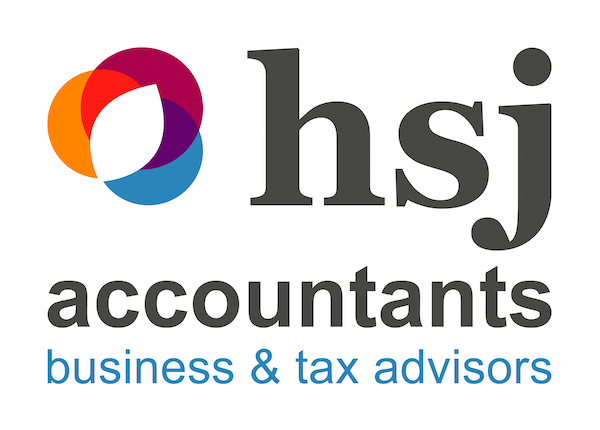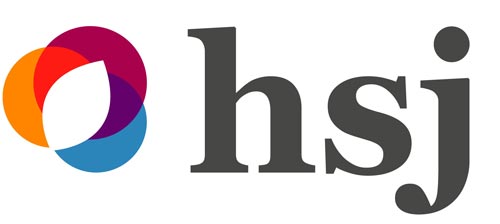How to plan your finances ahead of retirement.
For many savers, retirement can seem like a far-off or even unattainable goal. But to maximise your chances of retiring comfortably, early retirement planning is essential.
Recent research from Canada Life shows that a worrying number of UK adults are not retirement planning , with 45% of over-55s saying their retirement plans are not detailed, and 19% saying they have not carried any retirement planning at all.
One in ten respondents said they’d never thought about retirement planning – and didn’t intend to do so. But more than a third (35%) of retirees wished they’d planned for their retirement more thoroughly in advance.
As the cost-of-living crisis puts pressure on day-to-day finances, it’s a difficult time to think about saving for the future. But these challenges make it all the more important to carefully consider your finances and plan for the long term.
Here are some retirement planning tips to help you get started.
Assess your saving goals
At its most basic, retirement planning from a financial perspective comes down to two key questions. How much do you need to save? How will you save it?
The answers to these can be down to various factors.
What kind of lifestyle do you want?
To start working out how much money you’ll need in retirement, you’ll need to consider your various expenses and the lifestyle you’d like to achieve.
Give careful consideration to factors like holidays and leisure, transport, home maintenance, food and drink, shopping and gifts.
The Pensions and Lifetime Savings Association estimates that a single person would need at least £12,800 a year to afford at least a minimum level across these expenses in retirement.
For a ‘moderate’ lifestyle that offers more financial security and flexibility, you’d need at least £23,300. While a more comfortable lifestyle with some luxuries would require £37,300 a year.
These estimates could vary for couples and different locations in the UK. You’ll also need to factor in additional costs like medical and social care.
They also assume that you own a home and are no longer renting or paying a mortgage. But with these points in mind, they can provide a useful starting point for your calculations.
When did you start saving?
Another major factor in your retirement planning is how early you start. The sooner you start, the more you can save over time. Plus, compounding interest means the money you put in earlier can go further.
For instance, let’s say your investments see returns at 3% above inflation each year. If you put £10,000 into your pension at the age of 21. Your investment would be worth £35,000 by the time you turn 65. If you made the same investment at 40, it would be worth around £20,000 instead.
One rule of thumb suggested by some experts is to halve your age, and use that number as a percentage of your annual salary you should save.
So if you start saving into a pension at 20, you might aim to save 10% of your income. If you start at age 30, you’d need to save 15%.
How long will your retirement be?
Generally speaking, the length of your retirement depends on how soon you retire and how long you expect to live.
Remember, life expectancy has increased drastically in the last 50 years. According to the Office for National Statistics, it’s expected to increase again in the next 50, by approximately 6.6 years for males and 5.5 years for females in England and Wales.
People potentially living longer than before is great news, but it does make it more important to check that your finances will cover that period of time.
Understand your pension
Most people in the UK are entitled to income from the state pension, as well as any workplace or personal pension savings they’ve built up over time.
State pension
The new state pension, which applies to people reaching retirement age (currently 66) on or after 6 April 2016, offers a full amount of £203.85 per week. But the amount you receive will depend on your National Insurance record.
You can check how much state pension you’re entitled to, when you should get it, and how you might be able to increase it using the Government’s ‘Check your state pension forecast’ tool.
Workplace pension
In the last few years, more people have been saving into a workplace pension scheme following the introduction of auto-enrolment laws.
These require employers to automatically enrol qualifying employees into a workplace pension scheme and make contributions as a percentage of the employee’s salary.
Currently, the minimum total contribution for auto-enrolment pensions is 8% of pensionable earnings.
Employers must pay a minimum of 3%, with employees covering the remaining 5% – although employers can choose to contribute a higher amount.
As an employee, it’s possible to opt out of an auto-enrolment pension scheme, but because you receive a contribution from your employer and benefit from tax relief on those contributions, it’s often a good idea to remain enrolled.
Personal pension
You also have the option to arrange a pension yourself. This can be particularly useful if you’re self-employed and therefore unable to benefit from an employer’s pension scheme.
There are a few different types of pension you could choose from, including stakeholder pensions, which must meet specific Government requirements, or self-invested personal pensions (SIPPs), which allow you to choose your investments.
Whichever you choose, check that your provider is registered with the Financial Conduct Authority, or the Pensions Regulator for stakeholder pensions.
Assess your savings options
Many people choose other methods to save for retirement, such as individual savings accounts (ISAs). You can make contributions to an ISA up to an annual limit without incurring tax on the growth of your savings. For 2023/24, the limit stands at £20,000.
You can also invest, either in stocks and shares or assets like property. The seed enterprise investment scheme (SEIS) and enterprise investment scheme (EIS) are two very tax-efficient ways to invest, for example – talk to us for more information on these.
Holding investments over a longer period generally gives you a better chance of returns, but as ever, the value of investments can go down as well as up. Before making investment decisions, it’s best to seek out expert advice.
Withdrawing from your pension
When the time comes to access your savings, it’s important to be aware of the tax implications.
From the age of 55, you can usually take up to 25% of your total pension pot as a tax-free lump sum. Withdrawals after this are subject to income tax. You’ll still receive your tax-free personal allowance in retirement, which currently stands at £12,570.
Tax on pension income can be very complicated. While you have various flexible options for withdrawing your funds, it’s essential to get professional advice to avoid unexpected tax charges.
We can help you to understand the tax implications of retirement and create an effective plan to achieve your savings goals.
Get in touch to talk about retirement planning.


